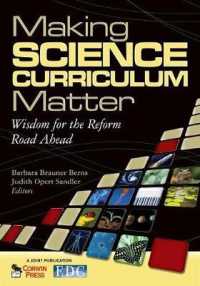Full Description
This book offers a holistic and broad discussion of vulnerable victims, what constitutes victimisation, and how different groups within society are supported through, impacted by, and protected by different agencies and actors within the criminal justice system, society, voluntary organisations, and research.





